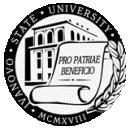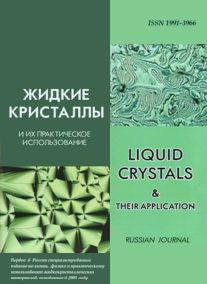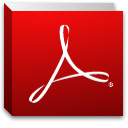|

|
Liquid Crystals and their Application
Russian Journal Zhidkie kristally i ikh prakticheskoe ispol'zovanie Жидкие кристаллы и их практическое использование |

|
|

|

|
|
|
Menu

|
|
|
|
|
Zhidk. krist. ikh prakt. ispol'z. = Liq. Cryst. and their Appl., 2015, 15 (3), 28—40.
DOI: 10.18083/LCAppl.2015.3.28 |

|
|
Applications of Ferroelectric Liquid Crystals – Real and Possible (Review)
|
A. L. Andreev1, I. N. Kompanets1,2
|
Author affiliations
1P. N. Lebedev Physical Institute of RAS (LPI),
53 Leninsky prospect, Moscow, 119991, Russia
2National Research Nuclear University «MEPhI»,
31 Kashirskoe shosse, Moscow, 115409, Russia
E-mail: kompan@sci.lebedev.ru
|
|
Abstract
Results of the research of experimental samples of electro-optical cells based on ferroelectric liquid crystals (FLC) fulfilled in recent years show that display screens produced on the base of FLC-technology will significantly surpass in performance the modern screens both on the basis of the widely used nematic liquid crystals (NLC) and the known bistable FLC. With respect to the devices with NLC this will provide with a guarantee the better visualization of 3D and 2D images due to an increasing 5 and more times the frame rate (600 Hz or more), reducing 4–5 times the optical response time (till less than 0,1 ms) and increasing at least 2 times the image brightness at the energy consumption reduced by more than half.
Till now FLC are limitedly used in helmet-mounted displays, but potentially FLC-technology is suitable for a wide range of high-speed low-voltage screens of smartphones and gadgets, microdisplays and projection displays on their base, including three-dimensional displays, shutters for stereo glasses, spatial light modulators, elements and devices for information processing, adaptive optics, holography, sensors and others, in which the increased speed of FLC not only provides superiority of parameters but new functional properties also.
Keywords: smectic liquid crystals, bipolar pulses, continuous gray scale, transparent mode, light-scattering mode, 2D–3D applications
|
|
|
|
|
|




